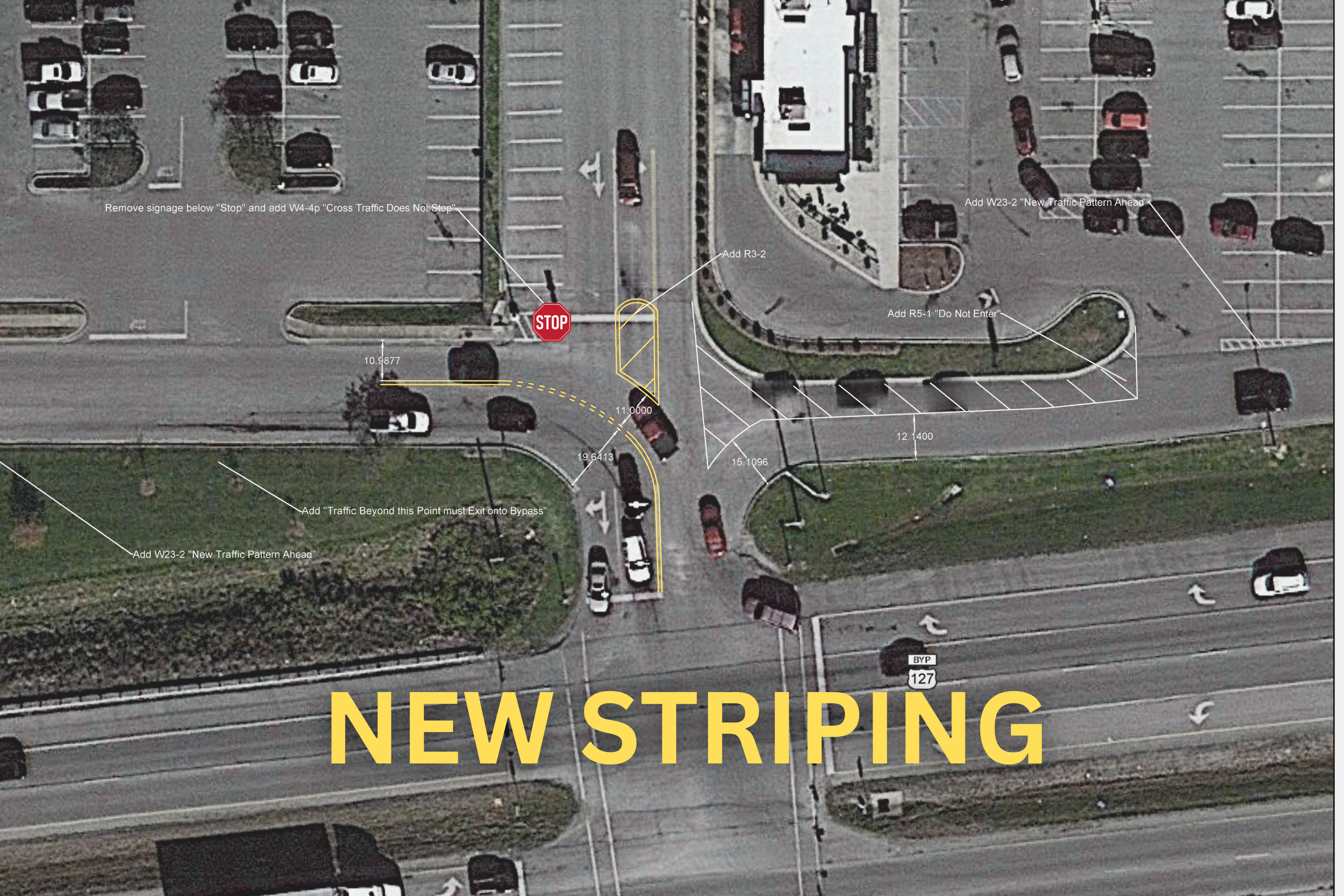Normandy dispatches a reminder of the costs of war
Published 8:45 pm Wednesday, June 5, 2019
EDITORIAL
The Advocate-Messenger
It was 75 years ago today that the first Allied soldiers landed on the beaches of Normandy, beginning the operations now known as D-Day that turned the tide in World War II. It was 75 years ago tomorrow that Ernie Pyle stepped foot on those same beaches and began writing about what he saw.
Trending
Seventy-five years is a single breath for civilization. But it’s a lifetime for most of us. It’s more than enough time for even the most world-defining moments to lose their focus, for our understanding of their significance to dim.
Fortunately, journalism often helps preserve better clarity, so the lessons of the past aren’t lost to future generations. Pyle, a Pulitzer Prize-winning journalist whose war dispatches were read religiously by millions, is the reporter who best captured the Normandy landings so the full meaning would not be lost.
Pyle used a portable typewriter to draft his columns while he was embedded with U.S. troops in France. The columns were passed back across the Atlantic and syndicated, published in hundreds of newspapers. For U.S. citizens, Pyle was a window into the horrors and stark realities of war.
As the New York Times noted in an article about Pyle published in anticipation of the 75th anniversary, Pyle didn’t just report on the invasion, he was personally changed by it forever — and he brought his readers along with him.
“Before D-Day, Pyle’s dispatches from the front were full of gritty details of the troops’ daily struggles but served up with healthy doses of optimism and a reliable habit of looking away from the more horrifying aspects of war,” wrote David Chrisinger. “… It wasn’t until Pyle’s first (Normandy) dispatch was published that many Americans started to get a sense of the vast scale and devastating costs of the D-Day invasion.”
In his first Normandy dispatch, Pyle wrote that, “it seems to me a pure miracle that we ever took the beach at all,” as he recounts the huge numbers of German forces the Allies faced.
Trending
The battle’s costs are made clear immediately, as Pyle describes the “gigantic and pitiful litter of wreckage along miles of shoreline.”
“Submerged tanks and overturned boats and burned trucks and shell-shattered jeeps and sad little personal belongings were strewn all over these bitter sands,” he wrote. “That plus the bodies of soldiers lying in rows covered with blankets, the toes of their shoes sticking up in a line as though on drill. And other bodies, uncollected, still sprawling grotesquely in the sand or half hidden by the high grass beyond the beach.”
Four days later, Pyle’s second dispatch told of vast armies of Allied forces arriving on the beaches amidst the death and devastation left by the initial invasion.
“I took a walk along the historic coast of Normandy in the country of France,” Pyle began. “It was a lovely day for strolling along the seashore. Men were sleeping on the sand, some of them sleeping forever. Men were floating in the water, but they didn’t know they were in the water, for they were dead.”
Pyle, who would die 10 months later while covering the war in the Pacific, pulled no punches when detailing the enormous efforts made by the Allies, nor in describing the enormous costs the war had wrought. His eyewitness accounts are a potent reminder that when we look back on violent turning points in our history like D-Day, it should remind us that peace too often has come not only through victory, but out of tragedy.
“The wreckage was vast and startling,” Pyle typed on June 16, 1944. “The awful waste and destruction of war, even aside from the loss of human life, has always been one of its outstanding features to those who are in it. Anything and everything is expendable. And we did expend on our beachhead in Normandy during those first few hours.”






